
Best Energy Saving Devices for Your Home: From Smart Tech to LED Bulbs
Introduction
In an era where both technology and sustainability are at the forefront of our daily lives, finding the perfect balance between convenience and energy efficiency has never been more important. Today, we'll look at various smart gadgets and gizmos that work as energy savers, meaning they can help you reduce your energy bill whilst enhancing your home's functionality.

We'll go over a few basic devices, from simple efficient lightbulbs to smart, wifi-connected equipment. Let's get right into it!
Before Buying Energy Saving Gadgets: Save Electricity in Other Ways Too!
This may sound strange to put on a list of gadgets, but it's nevertheless important for those looking to reduce energy consumption. That smart thermostat won't do you any good if you keep the windows and doors open, letting out all the heat or cool air it's working so hard to maintain. Likewise, the energy harvested from all those solar panels would be wasted on an inefficient incandescent bulb.
So, our first tip is to pair your smart, energy-saving gadgets with smart home practices. Ensure proper insulation, use energy-efficient lighting, and be conscious of your daily energy habits. This step sets the stage for maximizing the benefits of the energy-saving gadgets we'll explore next.
1. Smart or Wi-Fi Plugs/Sockets
First on the list of gadgets to make life easier and bills cheaper are these simple but game-changing little devices. They are essentially a small meter that sits between your appliance and the socket (though some models replace the socket itself), and they track the current running through them as your appliance draws energy.
They connect to an app on your phone, which allows you to track energy usage in real-time as well as set on-off schedules for the appliance, shutting it off when you don't need to use it. Keep in mind that some cheaper models may not offer the power monitoring feature.
While they're excellent for figuring out what appliance eats up the most energy in your home, these energy saving devices may not be rated for exceptionally large currents (like those needed by hair dryers, large refrigerators, microwaves, electrical stoves, etc.) or for sensitive devices, like desktop computers.
Energy monitors might be the better option in such cases, and depending on your setup, you may want to opt for a smart power strip instead. Make sure you check the specifications of your device closely!
2. LED Lightbulbs

While not necessarily a gadget, LED lightbulbs are a staple when it comes to electricity saving devices. When they first hit the market, they were a novel and expensive way to save energy. But that changed a long time ago.
LED bulbs are more efficient in that they emit less heat during operation. That means more energy getting transformed into light, and less energy being dedicated to heating up your room (which also makes your AC work harder, mind you!). If you absolutely cannot afford an LED lightbulb, opt for fluorescent bulbs at the very least. But stay away from the incandescent ones!
Bonus: Smart and WiFi LEDs
LED lightbulbs can also come equipped with smart and Wi-Fi functionality. They connect to your phone and allow you to dim and control the lighting in your room (and even change the color of the bulb!). Most can also adjust their brightness and color in order to mimic daylight, giving you dim, orange hues in the late afternoon for example.
This feature can significantly enhance your sleep quality and overall well-being, especially if you spend considerable time indoors (voluntarily or not...).
3. Programmable Thermostats
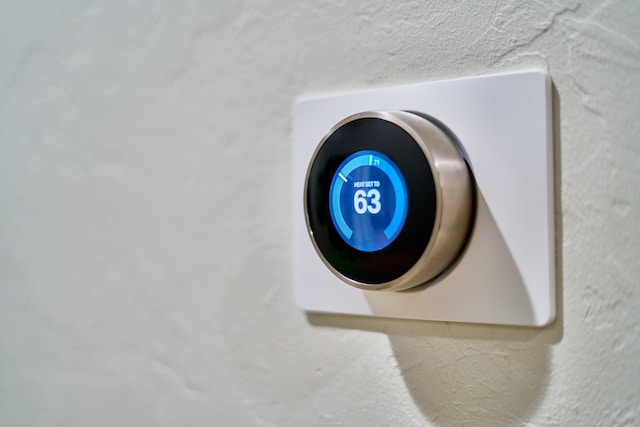
Next in our lineup are programmable thermostats. These energy saving products have revolutionized home heating and cooling, offering great control over your home's climate. They allow you to set temperature schedules according to your daily routine, ensuring comfort while you're at home, and save power at home when you're away.
They are programmable in the sense that you can configure them to push the AC less when you're asleep or away from home, and preemptively warm up or cool down the house right before you return or wake up. This helps maintain a comfortable environment and also cuts down on unnecessary energy usage when the house is empty or everyone is asleep.
Many modern programmable thermostats also come with smart features. They can learn your preferences over time and adjust settings automatically. Plus, with Wi-Fi connectivity, you can control them remotely through your smartphone, making last-minute adjustments easy to do.
4. Automated Blinds or Curtains
Remember watching those futuristic movies where everything in the house was automated, and thinking, "Wow, that's the future right there"? Well, it turns out, the future is now! One of the coolest incarnations of this high-tech dream in our everyday lives comes in the form of automated blinds or curtains. They're not just for show (although they do look really cool), as properly isolating your indoor space from radiant outside heat will obviously help you stay cooler and save on energy.
These devices range from all-in-one units designed to replace your curtains entirely, to simple, motorized devices that can be installed over your existing setup. The practicality of these devices depend on the size of your home; those living in smaller abodes may just prefer managing their curtains manually. But nevertheless, closing the curtains on hot days is a good tip for anyone looking to pay less on their bills.
5. Energy Saver Monitors
Energy monitors are essentially smart plugs on steroids. These clever devices hook a sensor around a live wire and monitor changes in the magnetic field surrounding it. This means they detect the intensity of an electrical current flowing through a wire without needing to touch it. Since a single monitor often comes with multiple sensor points, they can give you a real-time snapshot of your home's energy consumption, exposing how and where you're using (or overusing) energy.
One of the key advantages of energy monitors over smart plugs is their higher current rating, thanks to their indirect sensing method. This also makes them suitable for use with more sensitive electronics in most cases. Unlike smart plugs that need to be attached to each appliance, energy monitors centralize all your readings in one place, providing an overview of your home's energy usage without cluttering your outlets and your Wi-Fi network.
These devices don't directly reduce your energy consumption, but the knowledge they provide does. They can help you identify the most power-hungry appliances in your home at a glance. However, it's up to you to either use those appliances less, or to replace them with more energy-efficient models. Regardless, they are excellent gadgets to have around when you're serious about saving energy.
6. Aerators For Showers and Faucets
Again, not exactly a high-tech gadget, but still something that helps you save in the long run. These devices attach to or replace your faucets or shower heads, and when in use, they introduce tiny bubbles in each water droplet to increase the flow volume whilst using less water.
Directly, they help you save water and, indirectly, electricity or gas—particularly during winter, as you'll use less hot water to get the same work done. Additionally, they're possibly the cheapest bits of equipment you can get to help you save on energy. You won't notice much of a difference in your faucet, but your wallet surely will.
Conclusion: Use Energy Saving Devices
That's our list for today — a roundup of some simple yet powerful devices to lower your electric bill. Each of these items offers a unique way to make your home more energy-efficient, and although they may not apply to all households, we hope this post can help you come up with more ideas to save on electricity.
For good measure, we'd like to leave you with a final tip on saving energy:
Stay away from wireless charging! While phones don't use that much electricity compared to a home, these charging pads are inefficient and sometimes even dangerous. Not only do they take longer to charge your phone, they are also bad for the environment and generate a lot of heat, which puts a dent in the lifespan of your battery (in light of this, never leave your phone in a hot car, as it may even catch fire if you're unlucky).
If, despite that, you still prefer wireless charging for the convenience or if you're worried about wearing out your phone's connector port, we can recommend a magnetic USB cable. It might not look the best, but it might still work for you.
Get In Touch
Have a gadget or tip you wish we mentioned in today's post? Shoot us an email! We'll be happy to include your ideas.
(And while you're here, why not check out some electricity plans on our platform? Simply enter your zip code, pick a plan, enroll, and pay less for electricity without ever leaving your home.)

July 4, 2025
Energy Independence Starts at Home: 4 Ways to Declare Your Personal Freedom from High Bills This Fourth of July

July 1, 2025
A Beginner’s Guide to Commercial Electricity in Texas: Rates, Contracts & Smart Shopping

June 24, 2025
Transmission vs. Distribution: How Electricity Gets to Your Texas Home

June 20, 2025
How Smart Home Security Systems Affect Your Energy Usage

June 17, 2025
Navigating Bill Assistance Programs in Texas: Your Guide to Keeping the Lights On

June 13, 2025
The Smart Texan’s Guide to Beating the Heat: Budget-Friendly Home Upgrades

June 3, 2025
Hurricane Season in Texas: How to Prepare for Power Outages

May 29, 2025
No AC? No Problem: How to Stay Cool During a Heatwave Without Air Conditioning

May 27, 2025
Battery Storage at Home: Are They Worth It?

May 23, 2025
Record May Heat in Texas 2025: What It Means for Your Summer Energy Bills

May 20, 2025
The Rising Popularity of EVs: What It Means for Your Electric Bill

May 16, 2025
Beat the Texas Heat: Summer AC Hacks That Save Money

May 13, 2025
ERCOT: The Heart of Texas Electricity

May 9, 2025
Texas Electricity & Oil: A Symbiotic Power Play?

May 6, 2025
How Demand Response Programs Help Texans Save on Electricity

April 25, 2025
Texas Microgrids: Energy Independence for Communities

April 17, 2025
The Truth About Phantom Loads: How Standby Power Is Draining Your Wallet

April 8, 2025
Texas Power Market 101: A Simple Guide to Deregulation and REPs

April 4, 2025
How to Perform a DIY Home Energy Audit and Cut Your Utility Bills

March 31, 2025
Smart Tips to Lower Your Electricity Bill

March 28, 2025
Net Metering in Texas: Getting Paid for Solar?

March 25, 2025
Time-of-Use Electricity Plans: Are They Right for You?

March 18, 2025
Green Energy 101: Decoding Renewable Electricity Plans

March 14, 2025
Upgrading to a Smart Thermostat: Why You Should Do it and What You Need to Know

February 24, 2025
Power Play: A Step-by-Step Guide to Estimating Your Home's Electricity Usage

February 18, 2025
The Hidden Costs of Electricity: Understanding TDSP Fees and Their Impact on Your Electricity Bill

February 3, 2025
How Weather Impacts Energy Prices: Understanding the Connection

January 31, 2025
Fixed-Rate vs. Variable-Rate Electricity Plans in Texas: Which One Is Right for You?

January 22, 2025
The Datacenter Boom in Texas: Impact on Consumers and Energy Markets

January 21, 2025
How to Lower Your Electricity Bills and Save Big

January 17, 2025
Everything you need to know about Texas Retail Electric Providers (REPs)

December 23, 2024
10 Common Energy and Electricity Myths Debunked

December 18, 2024
How the Texas Electric Grid Works: Key Differences and Insights

December 13, 2024
Smart Plugs Explained: The Ultimate Guide

December 10, 2024
Understanding Your Electricity Bill in Texas: A Comprehensive Guide

December 4, 2024
Winter Energy Savings: Tips to Lower Your Electricity Bill

November 27, 2024
Your Power To Choose: Setting Up Electricity Service and Switching Providers in Texas

September 24, 2024
Understanding Electricity Deposits: Why They Exist and How to Avoid Them
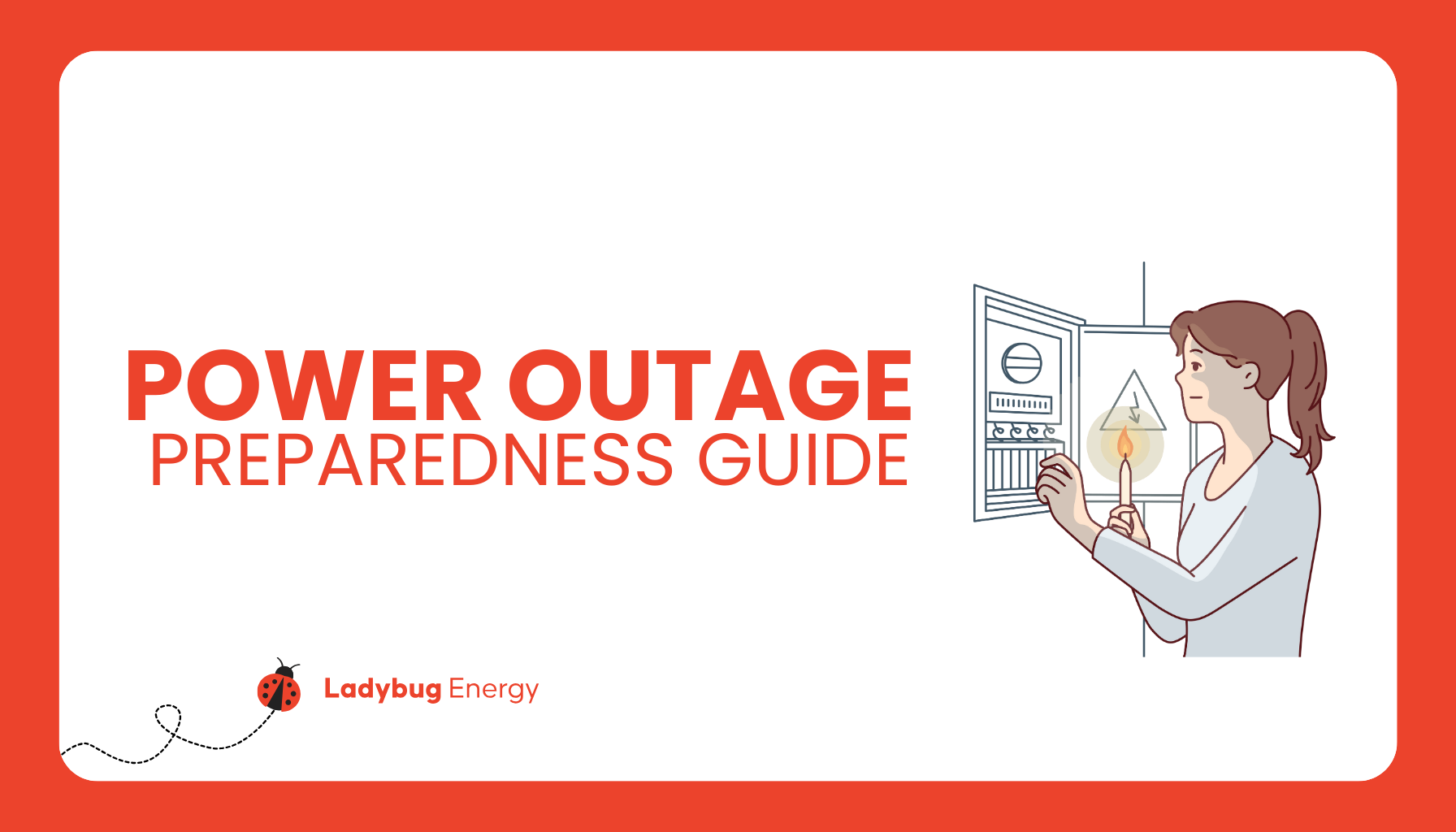
February 26, 2024
Power Outage Preparedness: A Complete Guide

February 9, 2024
Three Years After Uri: How Texans Can Help Prevent Future Power Outages
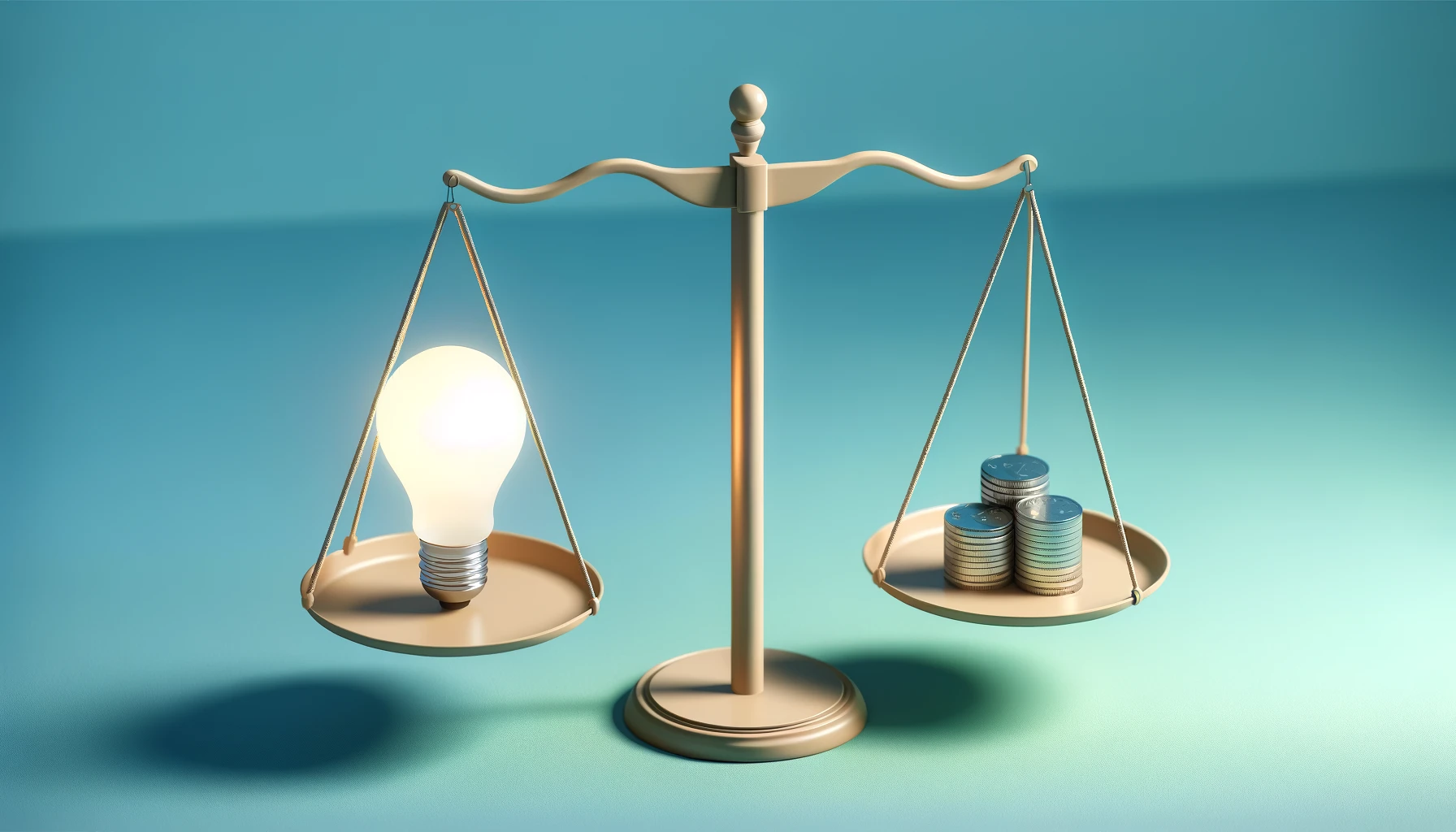
November 28, 2023
How to Read an Electricity Facts Label (EFL)
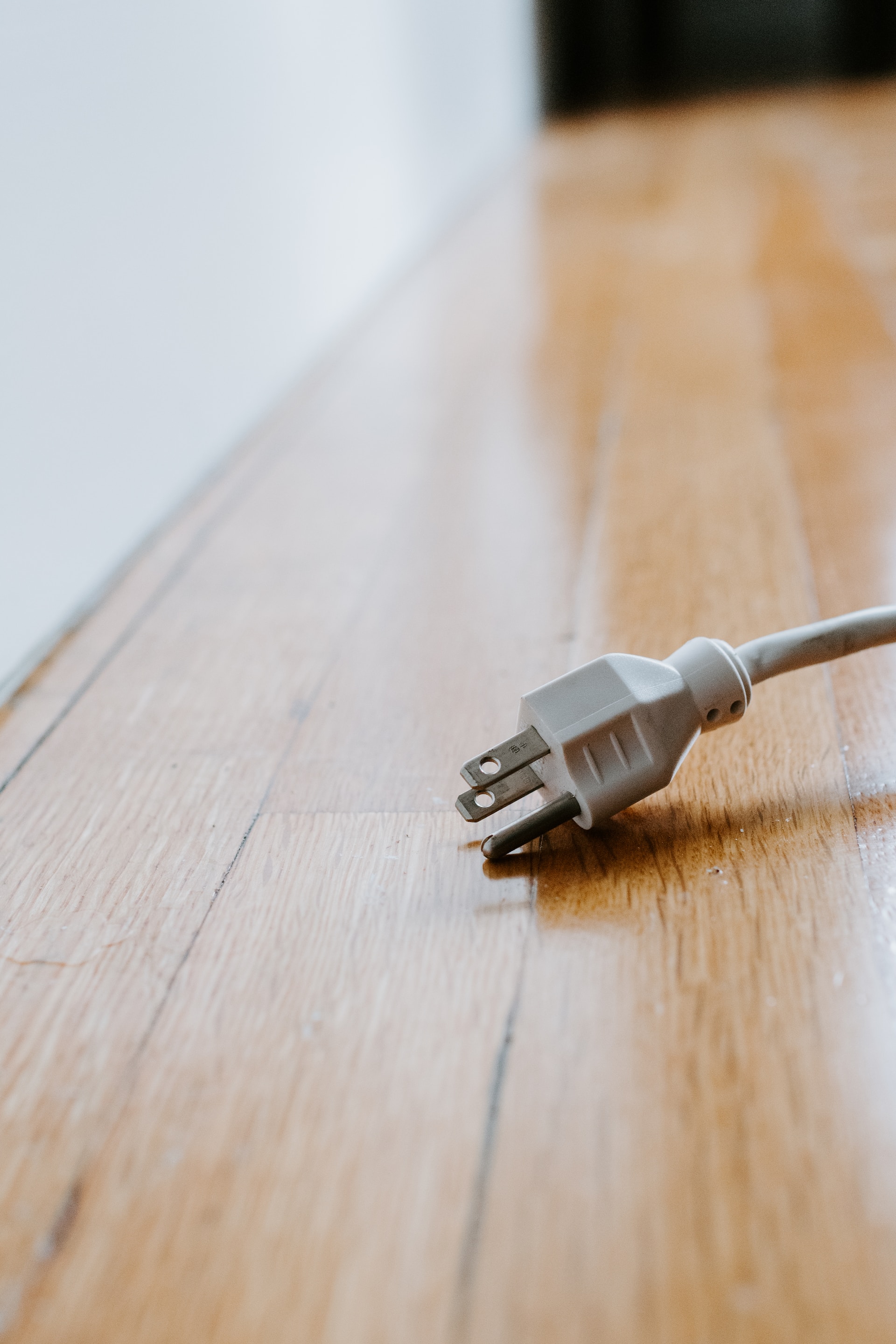
September 12, 2023
How Long Can a Landlord Leave You Without Electricity: What Tenants and Landlords Need to Know
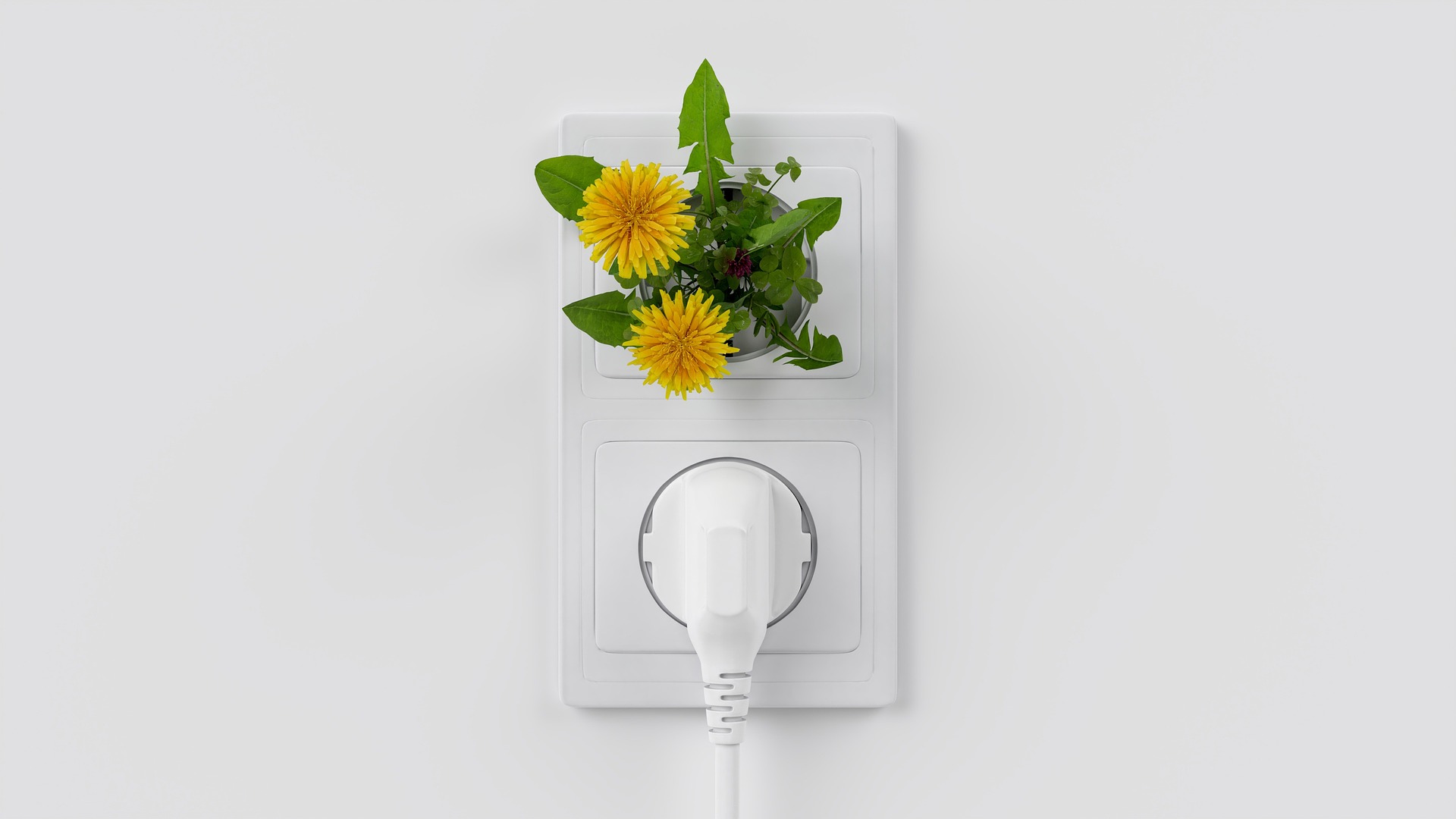
August 21, 2023
Childproofing Electricity: A Parent's Guide to Safeguarding Kids from Electrical Dangers
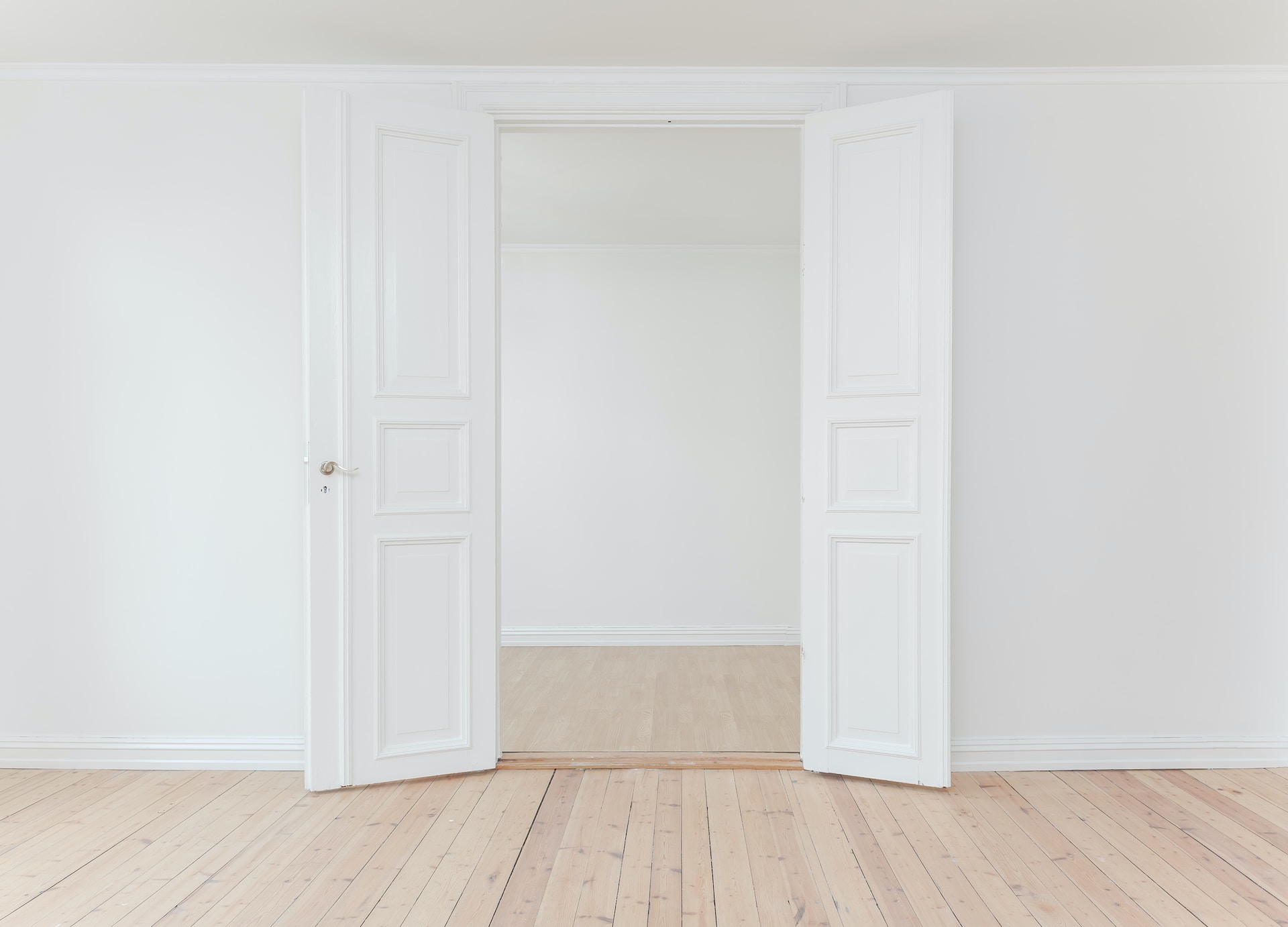
July 19, 2023
Does Closing Off Rooms Save Heat? An Energy Efficiency Discussion
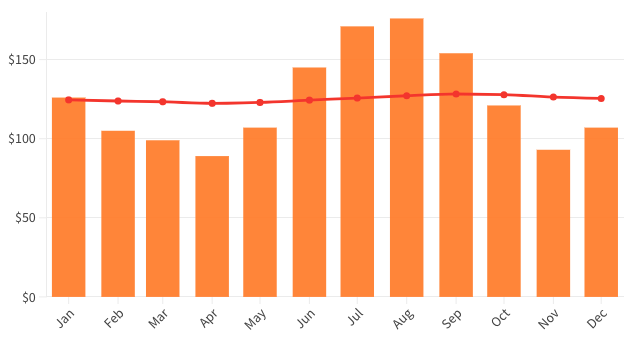
July 19, 2023
Is Average Billing Really Worth It?
May 23, 2023
ESID Lookup in Texas
March 2, 2023
Texas PUC - How Does It Affect My Electricity Bill?
January 26, 2023